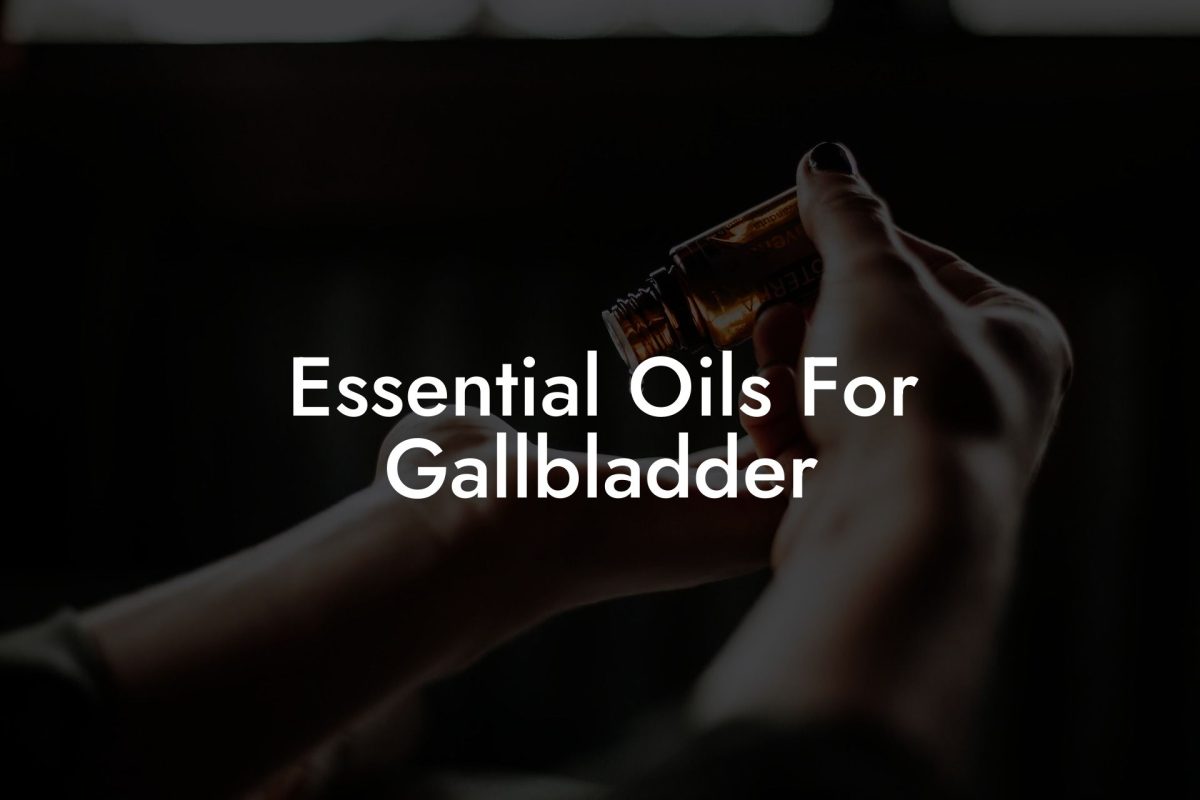Essential oils have taken the wellness scene by storm, offering individuals natural and effective ways to improve their daily lives and overall wellbeing. However, despite their allure, it’s important to be aware of the potential side effects of essential oils and how to avoid them. This article will delve into some of the most common side effects, along with practical advice on using these powerful natural remedies with care and respect.
Table of Contents
1. Skin Irritation
Essential oils are highly concentrated substances, and their potency can sometimes lead to skin irritation or even allergic reactions if not used appropriately. Symptoms may include redness, itching, or rashes. To avoid these issues, follow these simple precautions:
- Perform a patch test: Before using a new essential oil, apply a diluted solution to a small area of your skin and wait 24 hours to see if any adverse reaction occurs.
- Dilution: Always dilute essential oils with a carrier oil, such as coconut or jojoba oil, before applying them to the skin. A general rule of thumb is to use a 2% dilution, which translates to 12 drops of essential oil per one ounce of carrier oil.
- Research: Some essential oils are known to cause skin sensitivity more often than others, such as cinnamon, clove, or lemongrass. Do your homework and choose oils that are less likely to cause irritation.
2. Photosensitivity
Certain essential oils, particularly citrus-based ones like lemon or bergamot, can make your skin more sensitive to sunlight. This can result in sunburns or even phytophotodermatitis, a severe skin reaction when exposed to UV rays. Keep these tips in mind:
- Choose carefully: Opt for steam-distilled citrus essential oils, as they typically contain fewer photosensitizing compounds.
- Limit sun exposure: After using photosensitizing essential oils, avoid direct sunlight or tanning beds for at least 12 hours.
- Alternative application: Use these specific essential oils in balms or lotions intended for nighttime use, or apply them to areas that will be covered by clothing during sun exposure.
3. Respiratory Problems
Essential oils are known for their aromatherapeutic benefits, but for some individuals, inhaling these potent substances can lead to respiratory distress, such as asthma attacks or other breathing issues. Keep your lungs safe with these guidelines:
- Low concentrations: Start with a low concentration of essential oils when diffusing, and gradually increase as needed and tolerated.
- Allow for breaks: Do not diffuse essential oils continuously. Experts recommend diffusing for 30-60 minutes on, followed by a 30-60 minute break before resuming.
- Know your triggers: If you have a history of respiratory problems, consult with a healthcare professional before incorporating essential oils into your routine, and avoid oils that are known to trigger such issues.
Side Effects Of Essential Oils Example:
Imagine experiencing a stressful day at work, prompting you to seek relief by turning to your lavender essential oil for its relaxing properties. Instead of applying it directly to your skin, you wisely dilute it with a carrier oil, preventing the risk of skin irritation. You also decide to diffuse it for just 30 minutes at a time, eliminating the chance of respiratory distress. This mindful usage of essential oils allows you to successfully reap their benefits without experiencing adverse side effects.
Understanding the potential side effects of essential oils and implementing best practices will help you make the most of the powerful benefits these natural remedies have to offer. By sharing this knowledge with others, you can contribute to a healthier and more mindful aromacology community. Don’t hesitate to explore other guides provided by Oshu Oils, and discover our range of artisan essential earth oils that are expertly crafted to elevate your overall wellbeing.





















